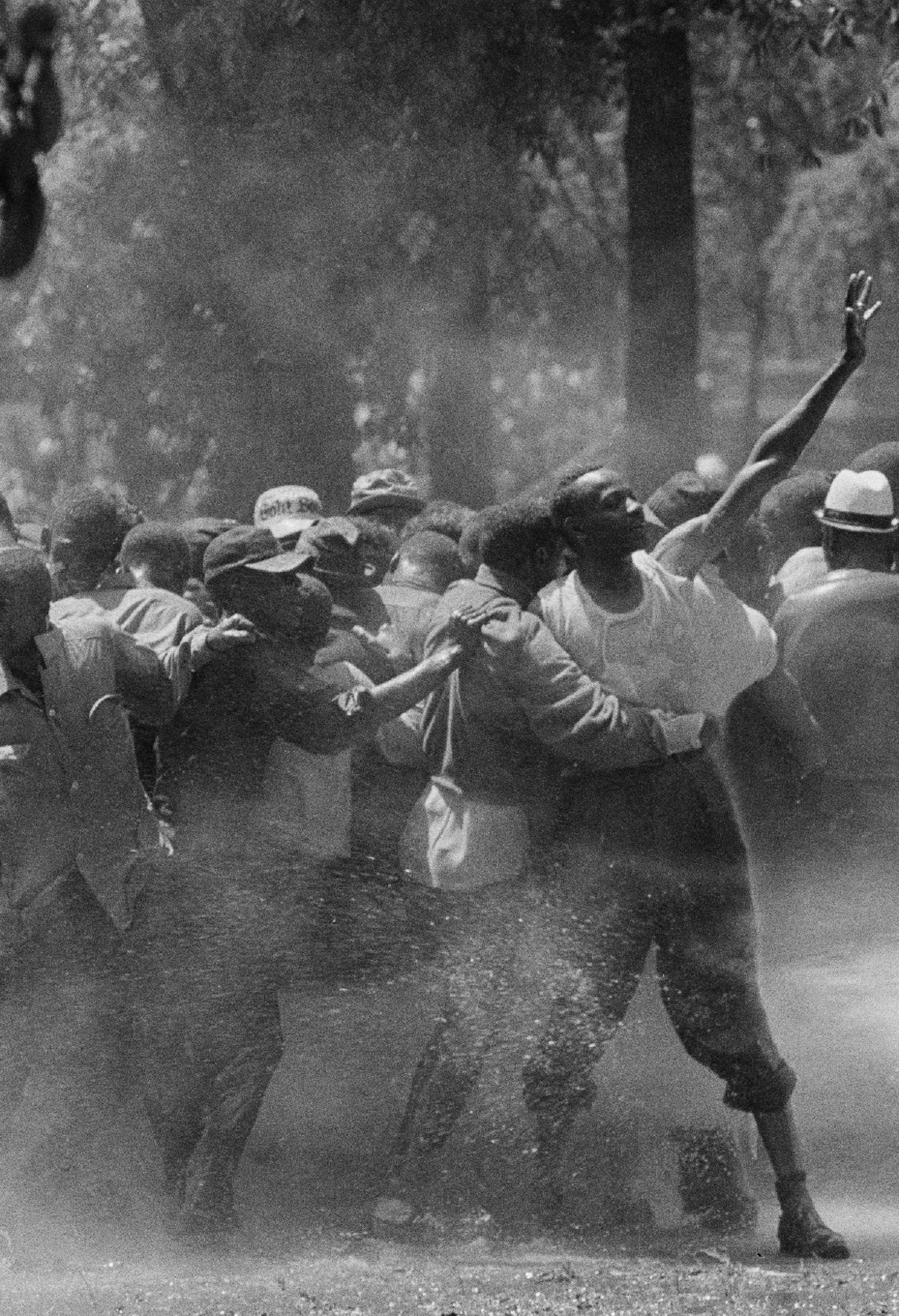REFORM, REBELLION, AND REACTION
Printed Page 834
28
REFORM, REBELLION, AND REACTION
1960–1974
After reading the chapter, use LearningCurve to retain what you’ve read.
> How did protest movements change policies and society in the 1960s and 1970s? Chapter 28 examines the efforts to reform and transform American society in the 1960s and early 1970s. It explores the domestic agenda of Lyndon B. Johnson’s administration, the role of the Supreme Court, and the evolution of the black freedom movement. The chapter also examines other movements inspired by the struggle for black civil rights, the backlash against reform, and the transformation of the liberal agenda under President Richard M. Nixon.

Figure false: Birmingham, Alabama. Police officers attack civil rights demonstrators with fire hoses at Kelley Ingram Park in 1963. © Bob Adelman.
